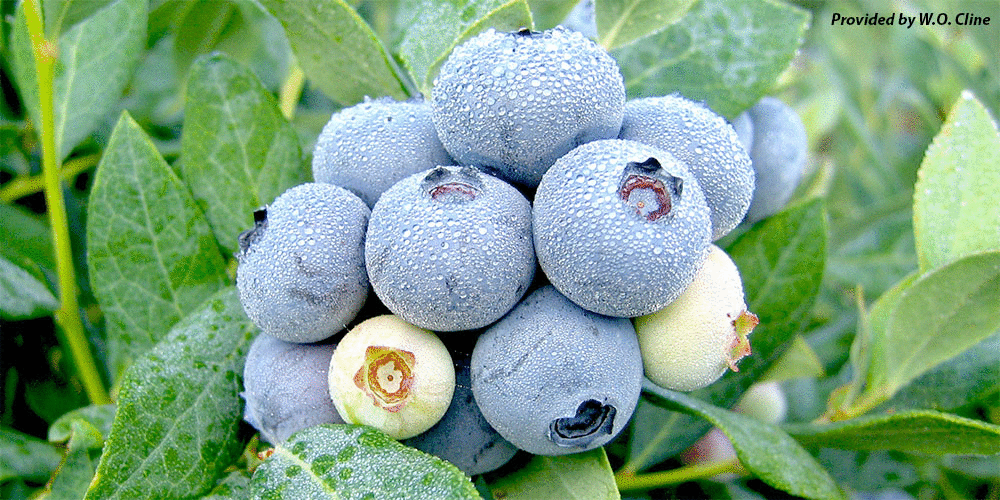
Vaccinium Project
About | Collaborators | News | Industry Support | Survey | Planning Meeting | Project Summary
For more information, visit the VacCAP webpage here.
North America is the world’s largest producer of cranberries and blueberries, and the U.S. leads production of both crops. Driven by recognition of the health benefits associated with cranberry and blueberry consumption, world production grew 40% and 35%, respectively from 2006-2014. Stakeholders need more research support to sustain the increasing product demand of this dynamic industry, to expand into new production regions and adapt to changing consumer preferences.

In North America, cranberry and blueberry commercial producers, processors, and nurseries are represented by grower association and commodity commissions that, at regional levels, define research priorities and provide support to research and extensions programs in several states. The development of new cultivars is the among the most common priority across all lists. In the long term, this priority will also cover a broad range of other needs included in the lists (e.g., improved disease resistance, fruit quality, improved environmental adaption, abiotic stress tolerance, and mechanization). However, resources are lacking to take these efforts to the next level and establish a science-based approach, integrating the most advanced technology to address long-term critical needs.
The objectives of this project are to:
1) establish the first blueberry and cranberry multi-state breeding and extension research initiative;
2) engage the stakeholders using a survey to identify breeding priorities (i.e. breeding traits, breeding practices);
3) outline objectives of a full SCRI grant proposal that will enlarge the genetic, genomic and phenotypic resources of blueberry and cranberry, and develop tools to accelerate the selection of improved cultivars.
In the long term the outcome of this project will:
a) facilitate and accelerate the development of improved blueberry and cranberry cultivars adapted to North American environments;
b) rapidly disseminate research results and enhance their adoption;
c) improve stakeholder profitability and sustainability;
d) optimize the use of public and private financial resources.
Efforts supported by the USDA-NIFA in the Rosaceae and Solanaceae families, that coordinate breeding and genomics-based approaches have been highly successful. However, this coordinated approach is lacking in Vaccinium.
Grant acknowledgement
This strategic planning project, Research and extension initiative for cranberry and blueberry: Current and future needs, was funded by the USDA-Specialty Crop Research Initiative, award number 2016-51181-25401.
